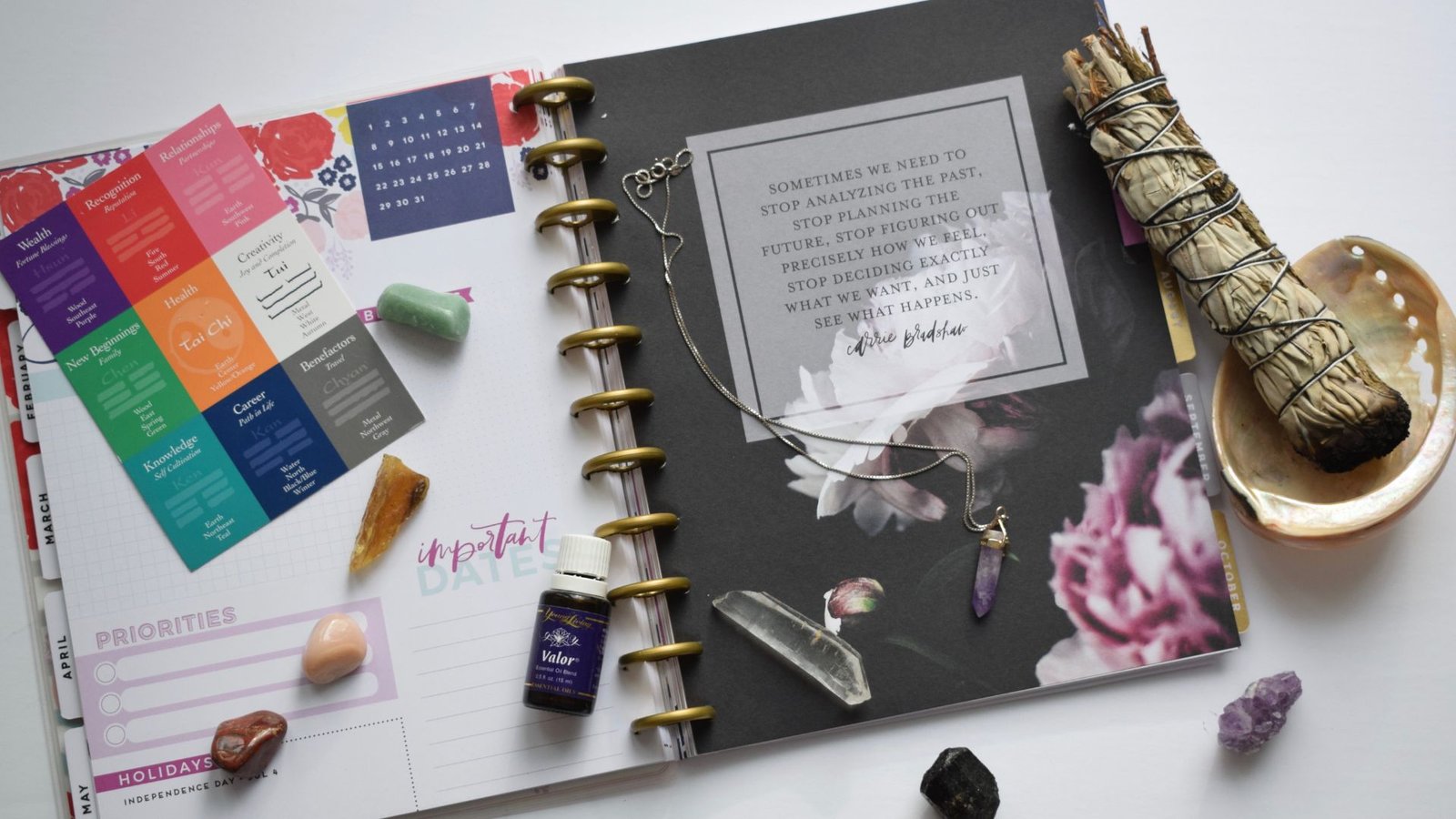Feng Shui’s connotation can be splatted down into the Chinese words “Feng,” denoting wind, and “Shui,” denoting water. The concept is resulting from an ancient poem that talks about human life being associated with and flowing with the environment around it.
What Is Feng Shui?
By definition, feng shui is a method of arranging the pieces in living spaces to generate balance with the natural world. This is what it implies to feng shui your home. The objective is to attach energy forces and generate harmony between an individual and their environment.
In Asian culture, this philosophy is termed the Tao, which translates to mean “the way.” Taoism is the way of nature, and all the basic rules of feng shui replicate nature.
Here’s a look at the vital principles of feng shui:
The commanding position, the Bagua, and the five elements.
- The Commanding Position
If you desire to feng shui your home, first you need to recognize the commanding position. In feng shui, the commanding position is the place in a room that is the farthest from the door and not in direct line with it. It places your diagonal to the door.
And preferably, you must have a clear line of sight to the door. The commanding position is where you want to devote most of your time in a room.
- The Feng Shui Bagua Map
A Bagua is the feng shui energy map overlaid on the floor plan of your home. The Chinese word “Bagua” translates to denote “eight areas.” Each of the eight areas is associated with a different life circumstance, like family, wealth, or career.
And each of these areas contains corresponding shapes, colors, seasons, numbers, and earthly elements. At the center of the Bagua—a ninth area—is you, representing your general wellness.
- The Five Elements
The five elements of feng shui—earth, metal, water, wood, and fire—originate from the Taoist tradition. The elements are five interrelated stages in life that work together to generate a complete system. Characteristically, when you feng shui your home, you balance these five elements.
To integrate the elements in your life and your home, you have to outline where you want to focus your energy. Much like the Bagua, you select the one to three areas of your life you want to advance. Then, you reinforce your energy and your home’s energy by accumulating the suggested colors or shapes in that room.
For instance, your Bagua displays that your bedroom lines up with your overall wellness and the place where you revive. It bonds to the earth’s elements. Consider ways to integrate earth tones, ceramic or clay pottery, stones, or crystals in that room.
After you have made developments there, focus on a couple of other rooms or areas of your life. Observe the corresponding elements in those rooms, and fetch feng shui items that correspond with them. The goal is to bring positive energy to those rooms, those areas of your life, and eventually your complete home.
Earth
- Qualities: Grounded, self-care, steady
- Shape: Flat, square
- Colours: Brown, orange, yellow
- Season: Shifts between the seasons
- Areas: Wellbeing, knowledge, partnerships
Metal
- Qualities: Effective, precise, exquisiteness
- Shape: Circular, spherical
- Colours: White, metallics
- Season: Autumn
- Areas: Helpful people, children
Water
- Qualities: Downward, flowing, shifting
- Shape: Wavy, curvy
- Colors: Black
- Season: Winter
- Area: Career
Wood
- Qualities: Expansive, liveliness, upward
- Shape: Columnar, rectangular
- Colors: Green, blues
- Season: Spring
- Areas: Family, prosperity
Fire
- Qualities: Passion, enlightening, brilliant
- Shape: Triangle, pointy
- Colors: Red
- Season: Summer
- Area: Reputation

